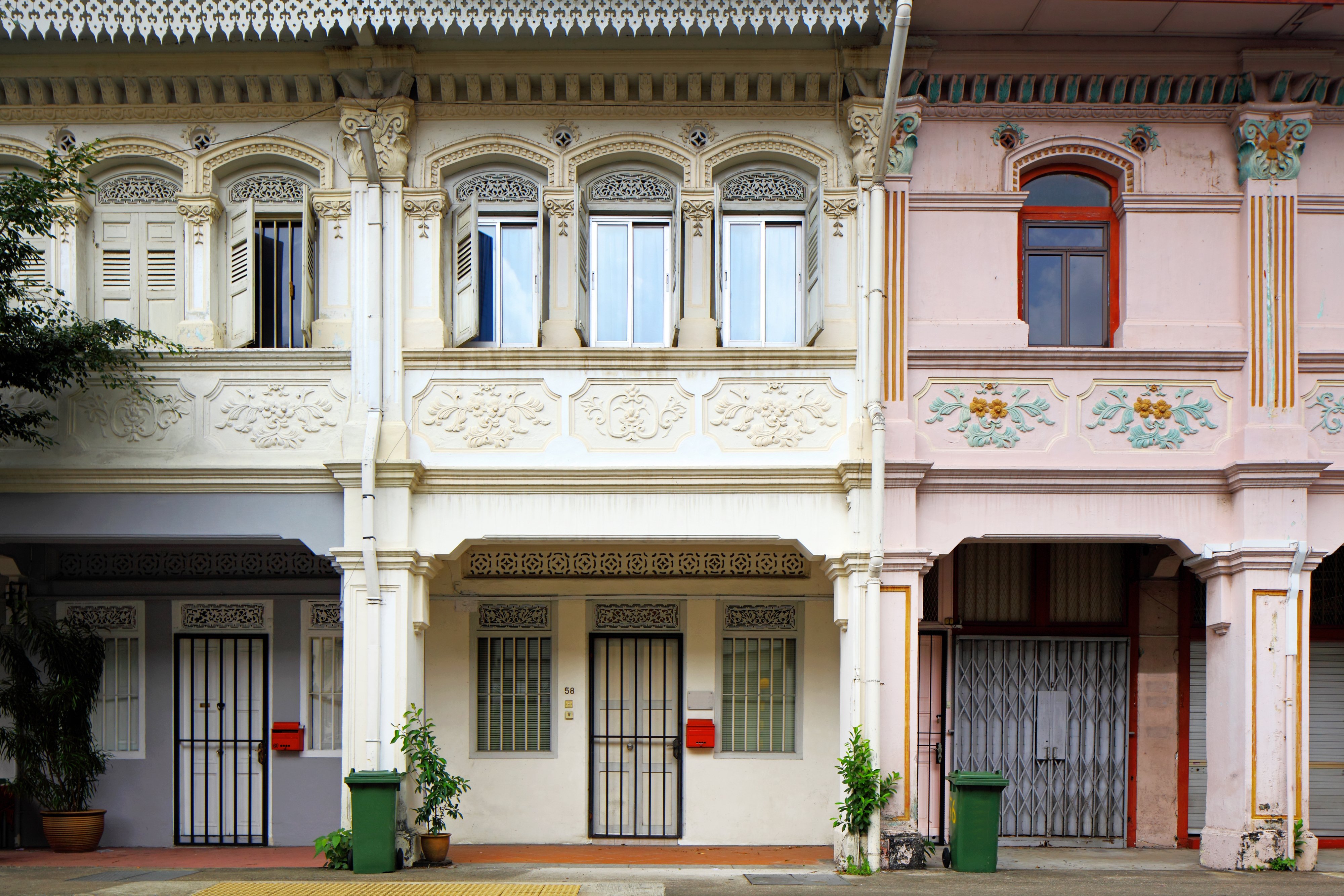Once in a while, 99.co picks a piece of property jargon to explain it. Today, we look at the Buyer’s Stamp Duty (BSD), and what it does to your wallet when you buy a house.

The BSD is a stamp duty levied on any property purchase in Singapore, whether it’s residential or not. So it applies regardless of whether you’re buying an HDB flat, private property or commercial property. BSD is always based on the higher of your property purchase price or valuation.
Buyer’s Stamp Duty (BSD) for residential properties
For example, say your Sale and Purchase Agreement states a price of S$3 million for your new home, but the valuation report places your property at S$2.9 million. In such a situation, the BSD would be applied on the S$3 million, as it’s the higher number.
With effect from 15 Feb 2023, the BSD is calculated as follows:
- First S$180,000 – 1%
- Next S$180,000 – 2%
- Next S$640,000 – 3%
- Next S$500,000 – 4%
- Next S$1.5m – 5%
- In excess of S$3m – 6%
For example, say you are purchasing a property for S$3 million. Here’s what you would pay:
| 1% of the first S$180,000 | S$1,800 |
| 2% of the next S$180,000 | S$3,600 |
| 3% of the next S$640,000 | S$19,200 |
| 4% of the next S$500,000 | S$20,000 |
| 5% of the remaining S$1.5m | S$75,000 |
| Total BSD for residential property | S$119,600 |
Condos for sale

2
2

1
2

3
3

2
2

1
1

3
2
1
1

3
2

2
2

1
1

2
2

3
3

2
2

2
2

2
1

0
1

3
3

3
2

2
2
4
3

1
1

4
3

2
2

1
1

2
2

0
1

3
2

3
2

1
1

2
2

3
2

2
2

1
1

3
3

1
1
See all Below S$1.5m >

3
2

2
2

2
2

1
1

4
2

3
3

2
2

4
4

2
2

2
2

2
2

2
2

1
1

3
2

3
3

1
1

3
4

4
2

4
3

4
2

4
3

2
1

3
3

3
3

2
2

2
2

3
3

3
2

2
2

3
2

2
2

2
2

3
2

2
2

2
2
See all S$1.5m to S$3m >

3
3

3
3

4
4

5
4

4
4

4
4

4
4

3
3

5
5

3
4

4
4

3
2

3
3

4
3

4
5

4
3

3
3

4
4

3
2

4
3

4
5

4
4

4
6

4
5

3
3

2
2

3
4

4
6

3
3

3
2

3
3

2
2

4
4

4
4

4
4
See all S$3m and above >
A faster way to calculate BSD for properties below S$1 million
If the property in question is S$1 million or less, we usually use this formula instead:
(3% of price or valuation) – S$5,400 = BSD amount
Let’s say you’re buying an HDB flat for S$600,000. The BSD to pay will be:
(3% of S$600,000) – S$5,400 = S$12,600
The result will be the same as the previous formula; it’s just quicker to work out.
HDB flats for sale

3
2

3
2

4
2

3
2

3
2

3
2

3
2

2
2

3
3
4
3

3
2

3
2

3
2

2
2

3
2

3
2

4
2

3
2

3
2

3
2

1
2

4
3

3
2

3
2

3
2

3
2

3
2

3
2

3
2

3
1

4
2

3
2

3
2

3
2

3
2
See all Below S$1m >

3
2

4
3

4
3

3
2

3
2

4
3

3
3

4
4

4
2

4
3

2
3

3
2

3
2

3
2

4
3

5
2

3
2

4
3

4
2

3
2

4
2

3
2

3
2

4
3

4
3

3
2

4
2

3
2

3
2

3
3

3
2

4
2

4
3

3
3

3
3
See all S$1m and above >
What’s the BSD for non-residential properties?
The BSD rate is lower for non-residential properties. Here’s the rate with effect from 15 Feb 2023:
- First S$180,000 – 1%
- Next S$180,000 – 2%
- Next S$640,000 – 3%
- Next S$500,000 – 4%
- In excess of S$1.5m – 5%
For example, say you are purchasing a commercial property for S$2.5 million, with a similar valuation. You would then pay:
| 1% of the first S$180,000 | S$1,800 |
| 2% of the next S$180,000 | S$3,600 |
| 3% of the next S$640,000 | S$19,200 |
| 4% of the next S$500,000 | S$20,000 |
| 5% of the remaining S$1m | S$50,000 |
| Total BSD for non-residential property | S$94,600 |
Hold on, what happens if my property has both residential and non-residential uses?

This sometimes happens with, say, HDB shops that have living quarters upstairs. It might also happen if part of your unit is approved for non-residential use, for a limited time (e.g. the downstairs portion is approved for use as a daycare centre, but only for the next few years).
In the first scenario, such as a shop with housing upstairs, you would pay the residential BSD rate on the value of the residential portion. You would then pay the non-residential rate on the value of the commercial portion. This can get annoyingly complicated, so make sure you clarify the numbers with the property agent before you buy.
In the second scenario, where part of the property is temporarily used for non-residential purposes, you will still pay the residential rate. When in doubt, just check how the land is zoned: if it’s zoned as residential, then you’re going to pay the residential rate – regardless of what commercial use is temporarily going on.
When must you pay the BSD?
It must be paid within 14 days from the date of purchase or acquisition. This refers to the date of the Option to Purchase exercise or signing of the Sale and Purchase Agreement.
If the document was signed overseas, the time limit is extended to 30 days after the agreement is received in Singapore. To be safe, ensure your law firm (the firm handling the conveyancing) is informed when you’ll be seeking the 30-day period.

If the payment is delayed for less than three months, you’ll be fined either S$10 or the value of the BSD, whichever is higher (Hint: it won’t be S$10).
If the payment is delayed for more than three months, you’ll be fined either S$25, or four times the BSD payable, whichever is higher (Bigger hint: it won’t be S$25, and you really don’t want to be this late).
What’s the relationship between BSD and ABSD?
The Additional Buyer;s Stamp Duty (ABSD) is covered here. As the name implies, the ABSD is payable on top of the BSD.
So if you’re a Singapore Citizen buying a second property, for example, you would pay both the normal BSD on the property, plus the 17% ABSD.
Note that, while you can apply for ABSD remission, this doesn’t apply to BSD. You cannot get your BSD money back, regardless of whether you’re buying your first or subsequent property.
Shopping around for a higher valuation? Note the corresponding effect between LTV and BSD
We’ve previously explained the loan-to-value ratio (LTV): it determines how much you can borrow to buy a house.
Many home buyers will try to find a bank that takes the highest valuation of the property, as they want to be able to borrow more. However, note that LTV is applied to the lower of the property price or value. The BSD, on the other hand, is applied to the higher of the property price or value.
This means that a higher valuation will result in you being able to borrow more for your house. But at the same time, it will also result in you paying a higher stamp duties. Bear this in mind, before actively looking for a higher valuation.
What bit of property jargon confuses you? Let us know in the comments section below.
The post Buyer’s Stamp Duty (BSD) in Singapore, explained appeared first on .

